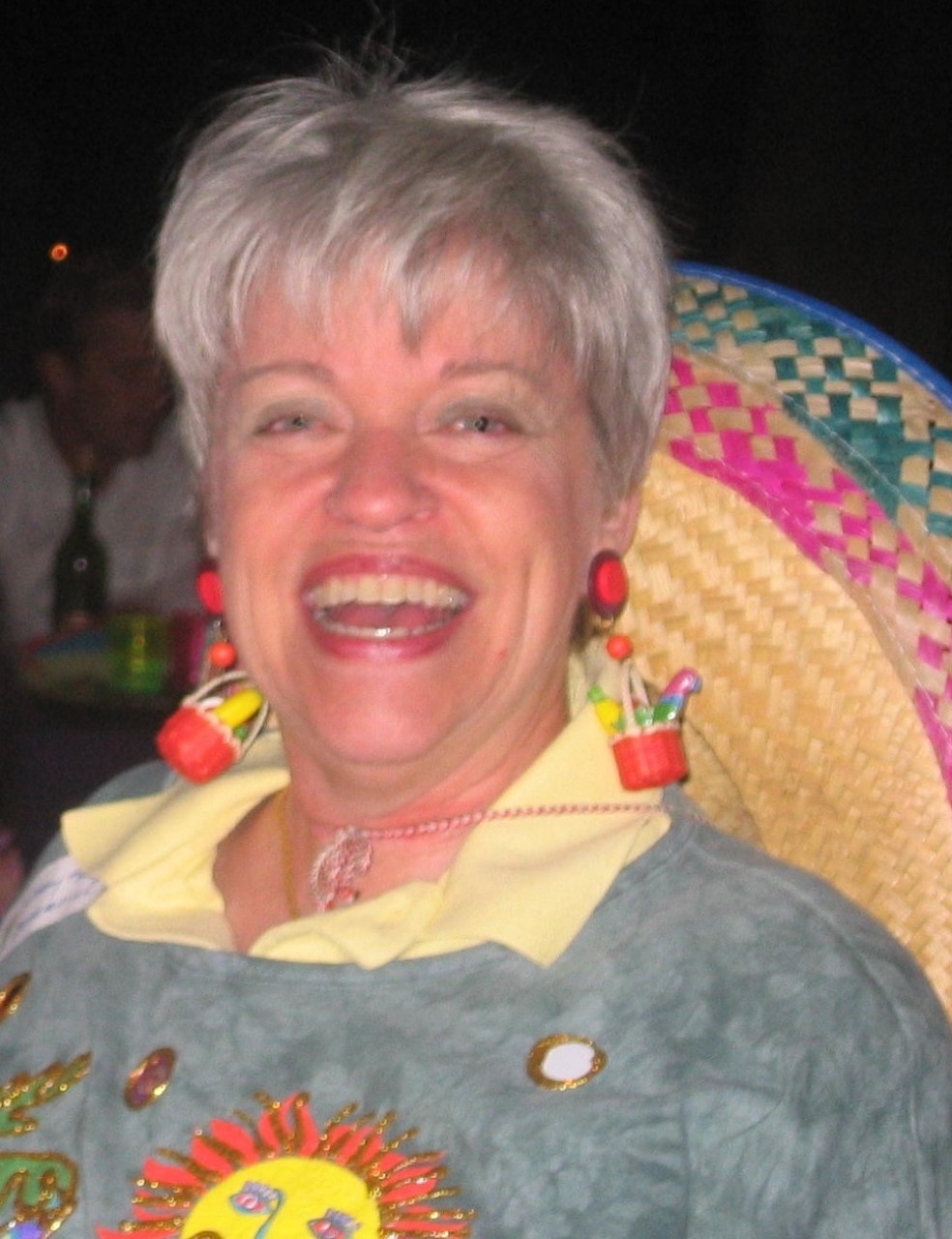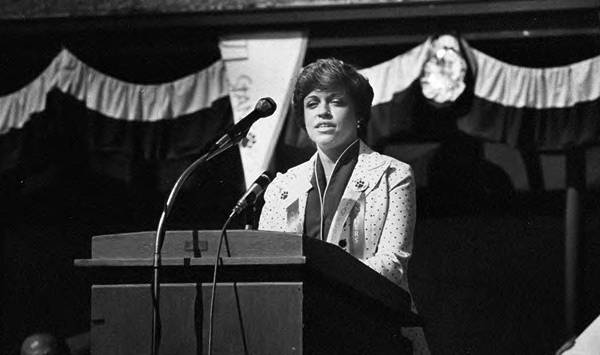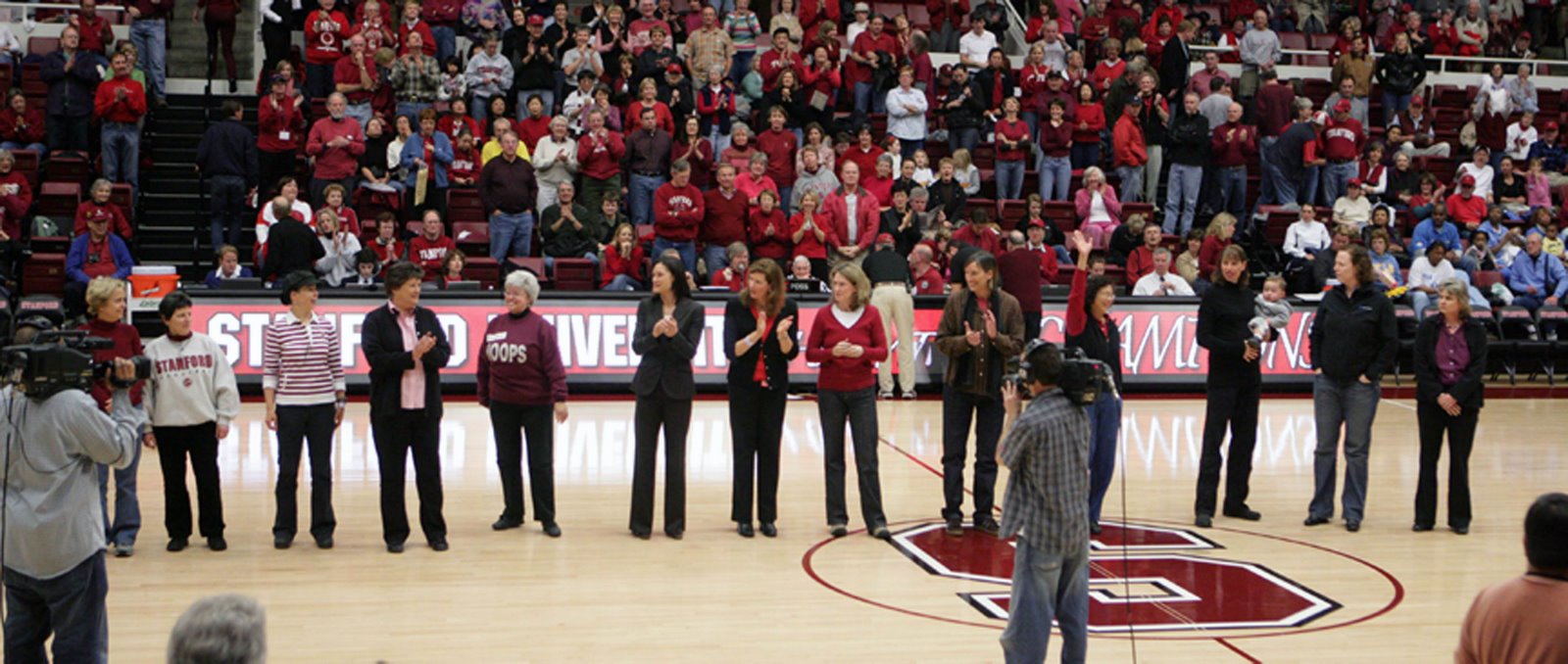
Somerville retired in 2007 as the superintendent of Las Lomitas Elementary School District in Menlo Park, Calif. She serves on the board of Ventana School, a private elementary school based on the Reggio method, and fervently supports the Stanford women’s basketball team, for which she played from 1961 to 1965.
My mother told the story that I had a counselor in elementary school, in Long Beach, Calif., who was checking up on kids who might have the potential to go to college, and I said, at nine years old, “I want to go to Stanford.” It had always been a dream.
I was a history major and a French minor, and went to Stanford in France. I also played basketball for Stanford in the days before Title IX. Women’s basketball was not part of what was then the Pac-8. We played UC Berkeley, San Jose State, Mills College in Oakland. We drove ourselves to the games. We didn’t have uniforms. We had pinnies – little aprons with our numbers on them. There was no training time. We met every day, but it was more like a PE class.
Nor was the game itself in 1965 what it is today. Only two of us on each team played the whole court. I was a rover, which meant I could run both ends of the court. Sort of like a point guard today. Everybody else was consigned to her half of the court. We did have unlimited dribble, which was relatively new. When I was in high school it was half-court, limited dribble. I even had an outside shot. We didn’t have three-pointers in those days.

I loved the classes at Stanford. I loved the history stuff. Having the opportunity to go to Stanford in France was unbelievable. Gavin Langmuir, who taught medieval French history, was very dynamic. He offered a course in medieval anti-Semitism that met in a basement room in History Corner, apparently because they thought hardly anyone would show. It was absolutely packed. People were hanging out the door. Thomas Bailey was my senior adviser. We used his text, The American Pageant, when I taught history at Gunn and Cubberley high schools in Palo Alto. It was great fun to tell the students that I knew the author of the book.
I had always wanted to be a teacher. Played school when I was a little kid. In the STEP program, I acquired a life secondary credential in social studies.
Mine was one of the first STEP cohorts whose practice-teaching lessons were videotaped. I taught U.S. history at Gunn High. The advisers came and videotaped it, we reviewed it and we taught it again. My adviser was not very tall and quite slight. The kids were funny. They’d say, “Miss Somerville, your little man is here again.”
I really liked Elizabeth Cohen, who taught general child psychology and learning styles. I still remember one assignment: We had to find a small child and do some experimental stuff. I found a 3-year-old and found out if he knew the difference between “soft” and “hard.”
I became active in the teachers’ association before collective bargaining came in in the late 1960s. There were agreements made in “meet and confer,” but they had no teeth. Then I said to myself, “Become an administrator and see if you can do anything differently, or shut up.”

Palo Alto Historical Association/Guy Miller Archive
Stanford set me on the right path for my career. I made some
lifelong connections. When I was offered the superintendency in Las Lomitas, it
turned out that one of the board members had been a student at Stanford when I
was there and remembered me.
And I have my Block S letter, awarded retroactively after Title IX in a big ceremony. I framed it.
At the games, they sometimes call down the alumnae players to stand and wave at the crowd. It sort of amuses me, to be honest, because when I played basketball it was definitely not what it is now. ’Course, they’re all a lot taller than I am. They had a big dinner for the basketball group. They introduced the oldest first. A couple of women and I were asked to stand at the top of the risers. By the time we got to the current group you couldn’t see us.
I wouldn’t call what I feel jealousy, exactly. It’s more like, “We could have been contenders, if we’d had the resources.” I have a very kinesthetic reaction at the games. As I watch, I can feel myself doing what Kiana Williams and some of the other point guards have done.
I think there is a definite connection between success in athletics and intellectual ability. You see the court or the field, you anticipate, you can remember plays. There’s clearly a connection between intellect and good performance. I think Stanford has done a fabulous job in combining high-caliber athletics and academics. I can’t see that we’re hampered any by having high entrance standards for athletes.

Stanford Fast Break Club